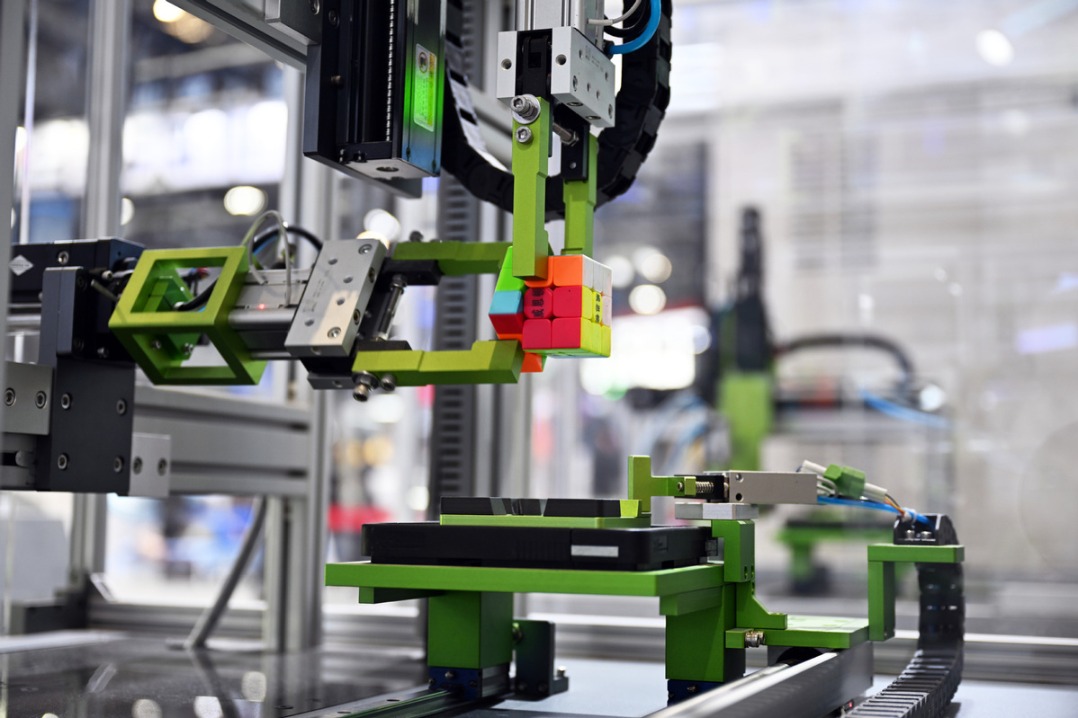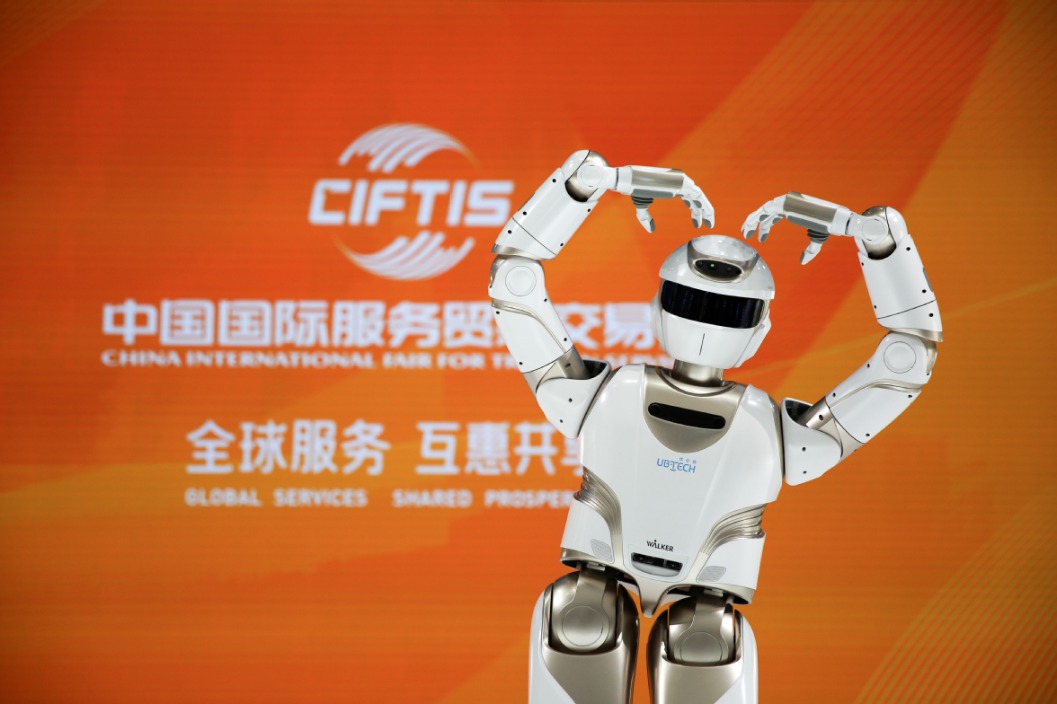Signify commits to technological study to evolve lighting industry


Dutch lighting enterprise Signify remains committed to innovation to better serve customers, lead the industry and advance sustainable development in China, said its chief innovation officer Qiu Ronghong.
Innovation is the DNA of Signify, whose predecessor is Philips Lighting, one of the first foreign-funded companies in China, according to Qiu. Every year, it invests about 4 percent of its annual sales in research and development.
"As a high-profile company engaged in lighting for more than a century, Signify has constantly evolved with the times and made remarkable innovations in four major sectors," the CIO said.
"The first is new lighting technologies. It was our scientists that developed the first 60-watt replacement LED light bulb as well as one of the world's most energy-efficient light bulbs," she said.
Signify's new UltraEfficient lamps consume at least 45 percent less energy compared to standard LED alternatives. Its lasting time is at least three times longer than the standard lamps, according to the company.
"Besides this, we have conducted extensive research in the internet of things, light applications beyond illumination, as well as artificial intelligence," Qiu said.
For the consumer market, its smart home lighting brand, Philips Hue, which was launched in 2012, has become an ecosystem of products that can work seamlessly with most smart home platforms and more than 750 applications.
It also provided professional LED luminaires as well as smart lighting systems for the Chengdu Universiade and the Hangzhou Asian Games, which were international sports events held in China in 2023.
According to Qiu, the systems driven by Signify's Interact IoT platforms cannot only offer multiple lighting effects but increase stadiums' operating efficiency to achieve sustainability.
She added that Signify is making efforts to unlock the potential of lights to serve customers and industries beyond illumination.
BrightSites by Signify, for example, can use lighting infrastructure to create a platform of wireless broadband connectivity and other IoT applications, building a highly connected smart city in an energy-efficient way, Signify said.
Moreover, horticultural lighting experts from Signify have customized special "light recipes" for various vegetables and environments. These help growers improve the quality, yield and consistency of their plants while saving costs.
During the sixth China International Import Expo held in Shanghai in November, Signify's key exhibit — Philips Blue Sky G2 — attracted multitudes of visitors.
The luminaire can receive and "understand" users' voice descriptions for their desired lighting effects through a mobile application. It can accordingly simulate various natural light scenes such as aurora, sunrise and moonlit night, Signify said.
Qiu emphasized how generative AI has taken the application of AI technologies in the lighting industry to a higher level, making luminaires more intelligent and allowing users to communicate with them.
"Many internet giants today have developed a universal large language model but what we value is the model designed for the lighting industry," Qiu said.
The company has poured vast resources in the cutting-edge field, not only for R&D, but for manufacturing and customer services.
"We will continue to hone our own AI model based on our professional lighting database to offer consumers more lighting effects and spearhead the industry," she added.
Another highlight of the product is a three-dimensional printed lampshade, which is partly made from recycled plastic. And its production process fully uses renewable electricity, according to Signify.
It also debuted some energy-efficient luminaires at the expo including a solar lamp and a linear LED light.
In 2023, Signify launched its "low-carbon lighting transformation" program in China, hoping to contribute to the country's sustainable development through innovation.
Signify will make contributions to China's dual-carbon goals by promoting the transformation of lighting technologies in five sectors — urban and rural construction; clean energy; low-carbon transportation; the circular economy; and green agriculture — the program said.
During the sixth CIIE, the Shanghai Modern Agriculture Investment and Development Group established a strategic partnership with Signify. The two parties will work together on horticultural lighting and green agriculture.




































